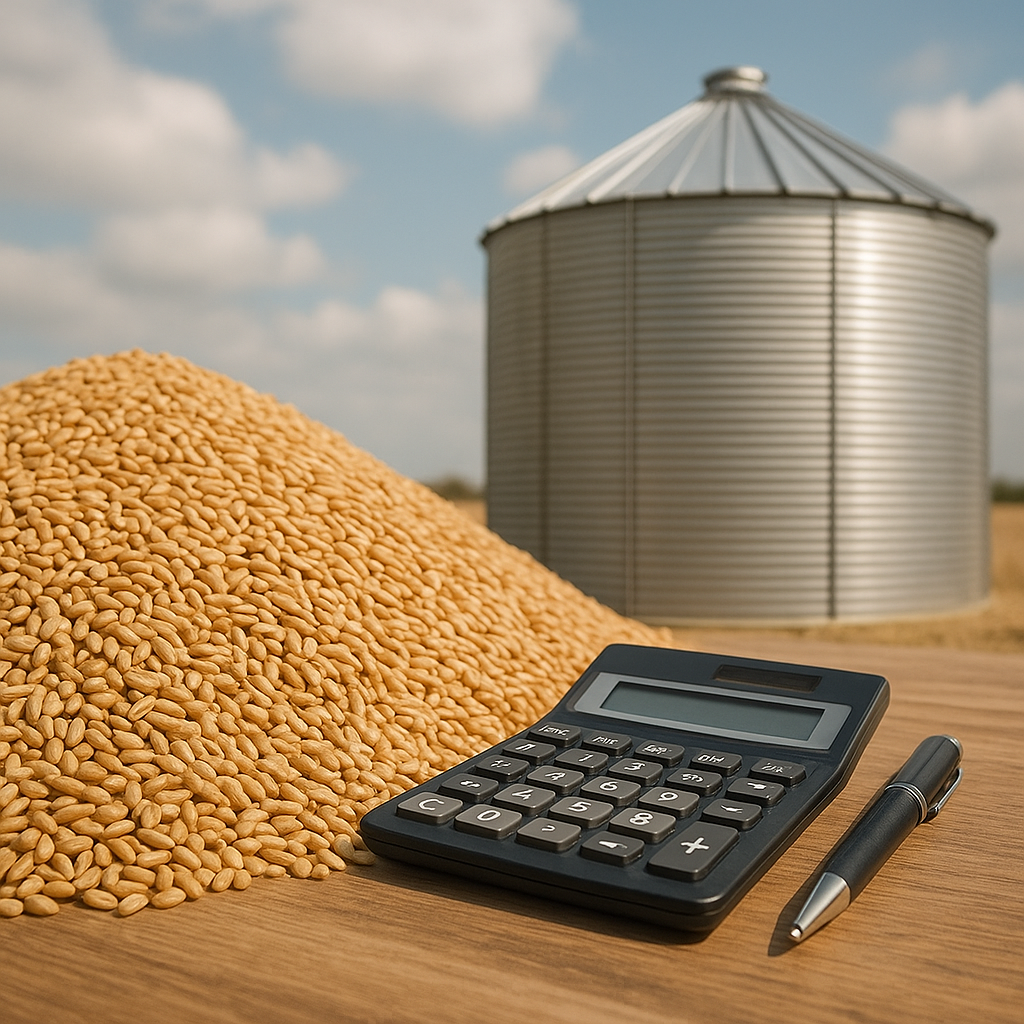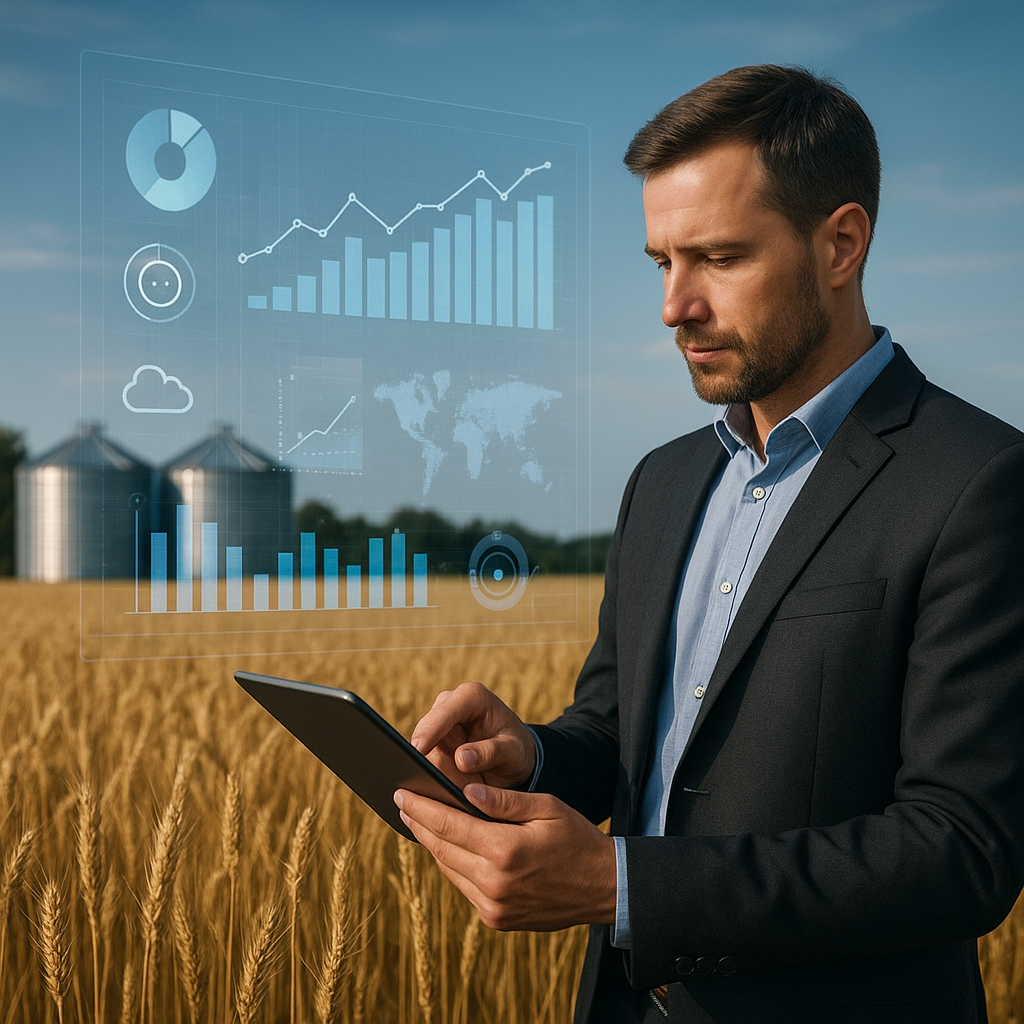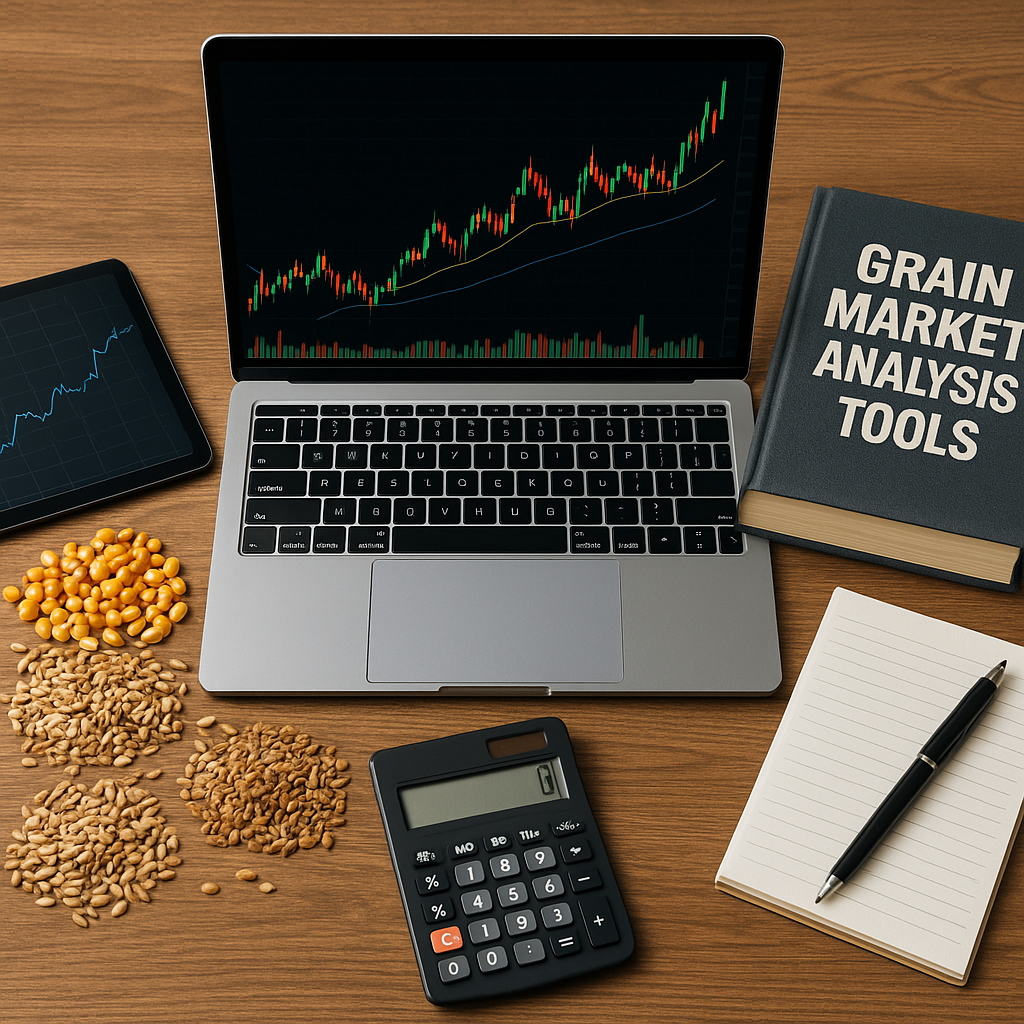The role of social media in promoting grain market awareness has become increasingly significant in recent years. As the agricultural sector faces various challenges, including climate change, market volatility, and evolving consumer preferences, social media platforms have emerged as vital tools for disseminating information, fostering community engagement, and driving market awareness. This article explores the multifaceted impact of social media on the grain market, examining its benefits, challenges, and future potential.
Understanding the Grain Market Landscape
The grain market is a complex ecosystem that encompasses the production, distribution, and consumption of various grains, including wheat, corn, rice, and barley. This market is influenced by a myriad of factors, such as global demand, trade policies, weather conditions, and technological advancements. As the world population continues to grow, the demand for grains is expected to rise, making it essential for stakeholders to stay informed about market trends and developments.
Traditionally, information about the grain market was disseminated through agricultural publications, trade shows, and direct communication among industry players. However, the advent of social media has transformed the way information is shared and consumed. Platforms like Twitter, Facebook, Instagram, and LinkedIn have created new avenues for farmers, traders, researchers, and consumers to connect and share insights about the grain market.
The Benefits of Social Media in Grain Market Awareness
Social media offers numerous advantages for promoting grain market awareness. Some of the key benefits include:
- Real-time Information Sharing: Social media allows for the rapid dissemination of information, enabling stakeholders to stay updated on market trends, price fluctuations, and policy changes. This immediacy is crucial in a market where conditions can change rapidly.
- Community Building: Social media platforms foster communities of like-minded individuals who share a passion for agriculture and grains. These communities provide a space for discussion, collaboration, and support, helping to strengthen the overall grain market ecosystem.
- Increased Visibility for Producers: Farmers and grain producers can use social media to showcase their products, share their stories, and connect with consumers directly. This visibility can lead to increased sales and a stronger brand presence in the market.
- Educational Resources: Social media serves as a platform for sharing educational content, such as articles, videos, and infographics. This content can help stakeholders better understand market dynamics, best practices, and innovative techniques in grain production and marketing.
- Networking Opportunities: Social media facilitates networking among industry professionals, researchers, and policymakers. These connections can lead to collaborations, partnerships, and the sharing of valuable insights that can benefit the grain market as a whole.
Challenges of Using Social Media in the Grain Market
Despite its many advantages, the use of social media in promoting grain market awareness is not without challenges. Some of the key issues include:
- Information Overload: The sheer volume of information available on social media can be overwhelming. Stakeholders may struggle to discern credible sources from unreliable ones, leading to confusion and misinformation.
- Digital Divide: Not all farmers and producers have equal access to social media or the internet. This digital divide can create disparities in information access and market awareness, particularly in rural areas.
- Short Attention Spans: Social media users often have short attention spans, making it challenging to convey complex information effectively. Stakeholders must find creative ways to engage their audience and communicate important messages succinctly.
- Negative Feedback and Criticism: Social media platforms can be breeding grounds for negative feedback and criticism. Stakeholders must be prepared to address concerns and engage with their audience constructively.
Strategies for Effective Social Media Engagement in the Grain Market
To maximize the benefits of social media in promoting grain market awareness, stakeholders should consider implementing the following strategies:
1. Develop a Clear Social Media Strategy
Before diving into social media, it is essential to develop a clear strategy that outlines goals, target audiences, and key messages. This strategy should also include guidelines for content creation, posting frequency, and engagement tactics. By having a well-defined plan, stakeholders can ensure that their social media efforts are focused and effective.
2. Create Engaging and Informative Content
Content is king in the world of social media. Stakeholders should focus on creating high-quality, engaging, and informative content that resonates with their audience. This can include a mix of articles, videos, infographics, and live streams that cover various aspects of the grain market, from production techniques to market analysis.
3. Leverage Visual Storytelling
Visual content tends to perform better on social media than text-based content. Stakeholders should leverage visual storytelling techniques to capture their audience’s attention. This can involve sharing photos and videos of farming practices, showcasing the journey of grains from field to table, or using infographics to illustrate market trends.
4. Engage with the Audience
Social media is a two-way street. Stakeholders should actively engage with their audience by responding to comments, asking questions, and encouraging discussions. This engagement helps build a sense of community and fosters trust among followers.
5. Monitor and Analyze Performance
To gauge the effectiveness of social media efforts, stakeholders should regularly monitor and analyze their performance. This can involve tracking metrics such as engagement rates, follower growth, and website traffic generated from social media. By understanding what works and what doesn’t, stakeholders can refine their strategies and improve their outreach efforts.
The Future of Social Media in the Grain Market
As technology continues to evolve, the role of social media in promoting grain market awareness is likely to expand further. Emerging trends such as the rise of video content, the use of artificial intelligence for personalized marketing, and the growing importance of sustainability in agriculture will shape the future landscape of social media engagement in the grain market.
Moreover, as more farmers and producers embrace digital tools, the potential for social media to bridge the information gap and foster collaboration will only increase. By harnessing the power of social media, stakeholders in the grain market can enhance their awareness, drive innovation, and ultimately contribute to a more sustainable and resilient agricultural sector.
In conclusion, social media plays a crucial role in promoting grain market awareness by facilitating information sharing, community building, and engagement among stakeholders. While challenges exist, the benefits of leveraging social media far outweigh the drawbacks. By adopting effective strategies and staying attuned to emerging trends, stakeholders can navigate the evolving landscape of the grain market and contribute to its growth and sustainability.













